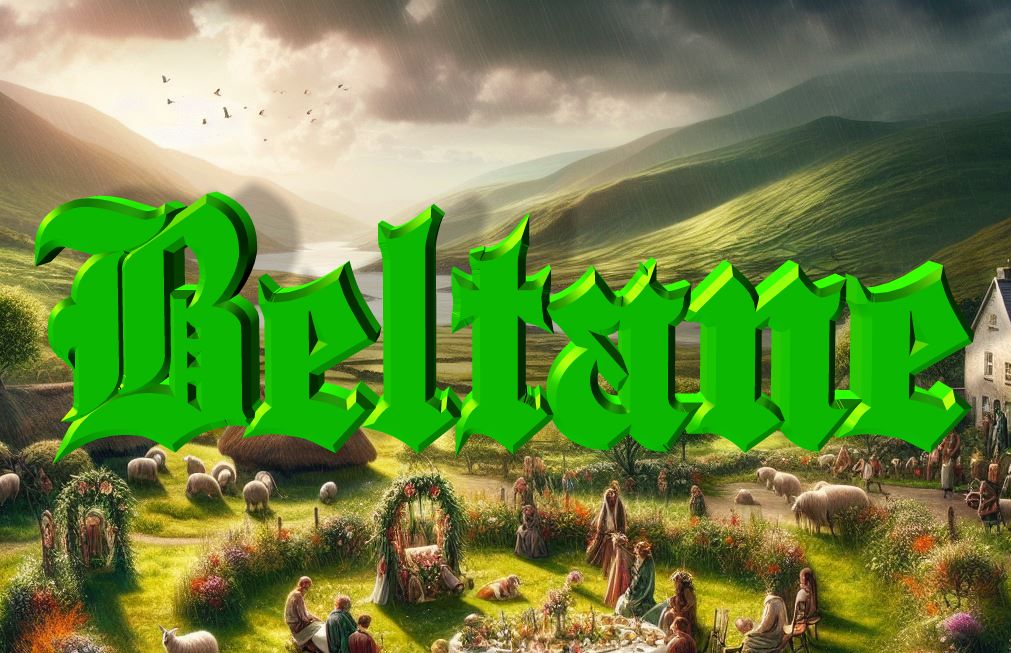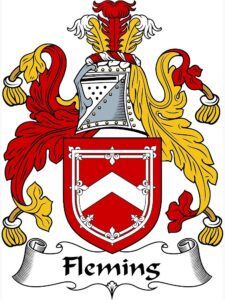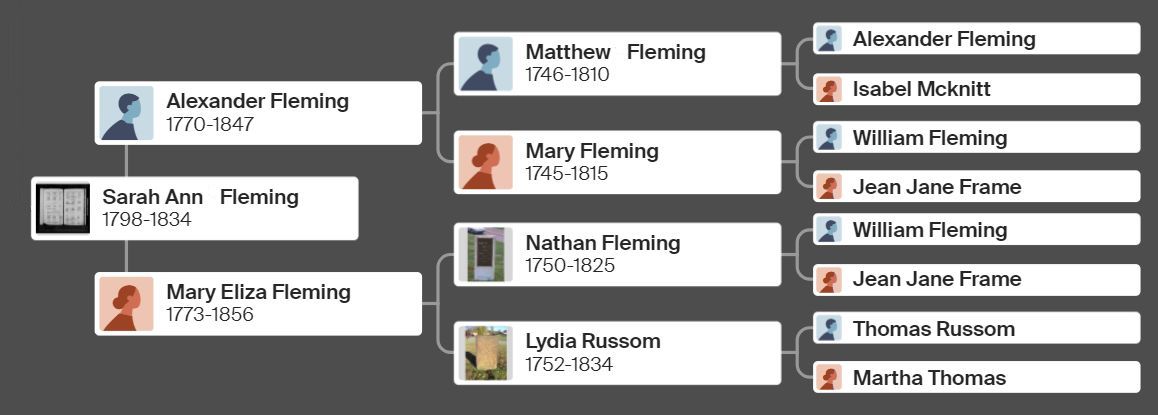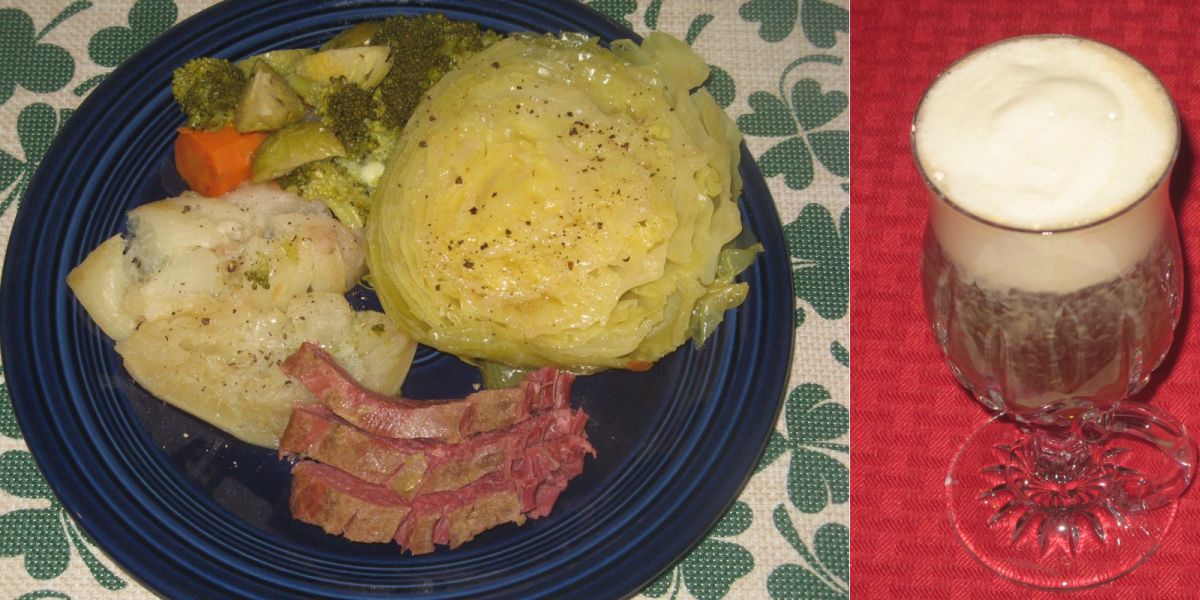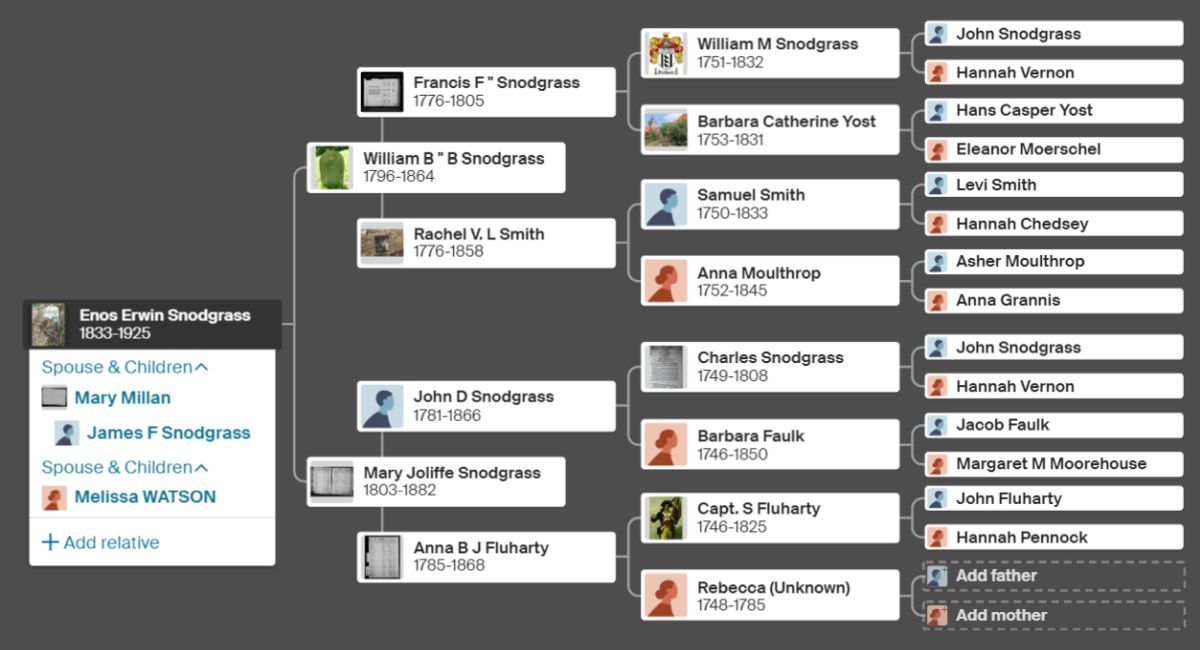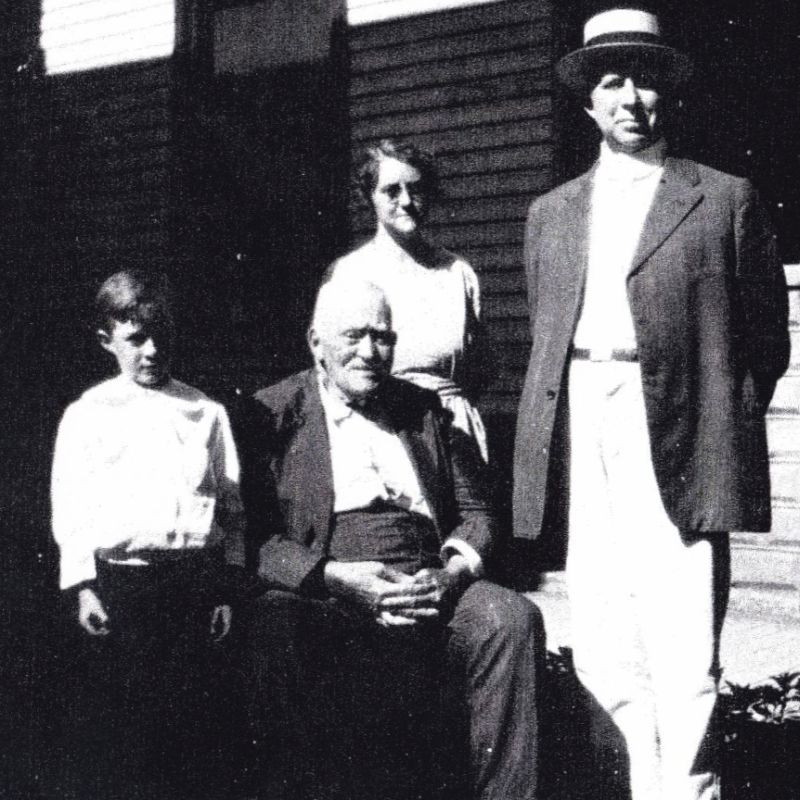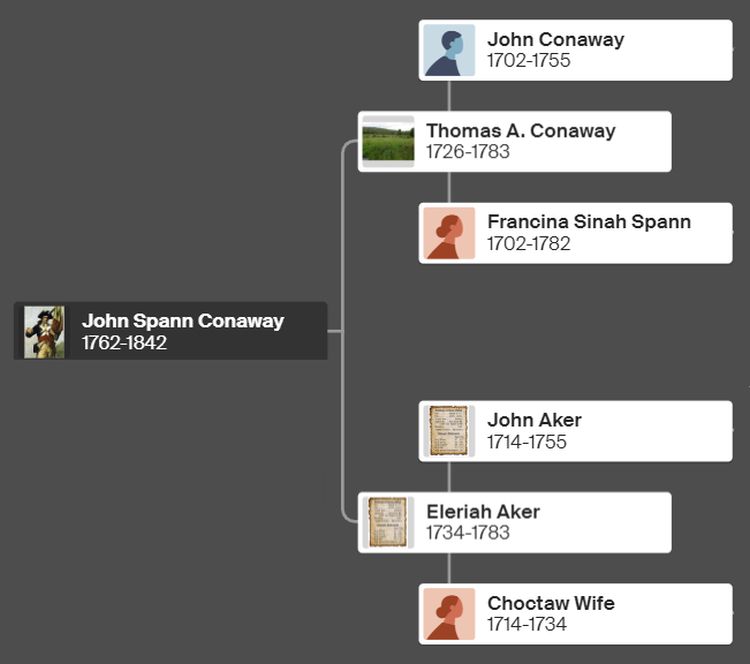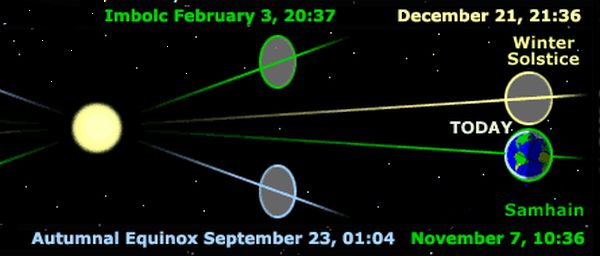Several years ago, Damsel and I decided to join the Ancestry® Genealogy Service to start tracing our heritage back a few generations. Damsel’s sister, who is an ancestry enthusiast, got us interested in getting started in the whole genealogy thing.
We both did the DNA testing and each of us have found and have been in contact with cousins we never knew about. That is a subject for another post since this one will highlight the first in a series of anomalies in our family tree. We already posted about a Native American Ancestor a while back. Damsel’s tree will not be detailed here since her sister has most of that on a separate account.
Common logic dictates that a person has two parents, four grandparents, eight great-grandparents and so forth up to a large theoretical number in eons gone by, most commonly on powers of two. We have traced only as far as to our 6th great grandparents, which, in theory, should be a total of 256 6th level ancestors. Of course, this is not the case in my tree as we shall discuss below.
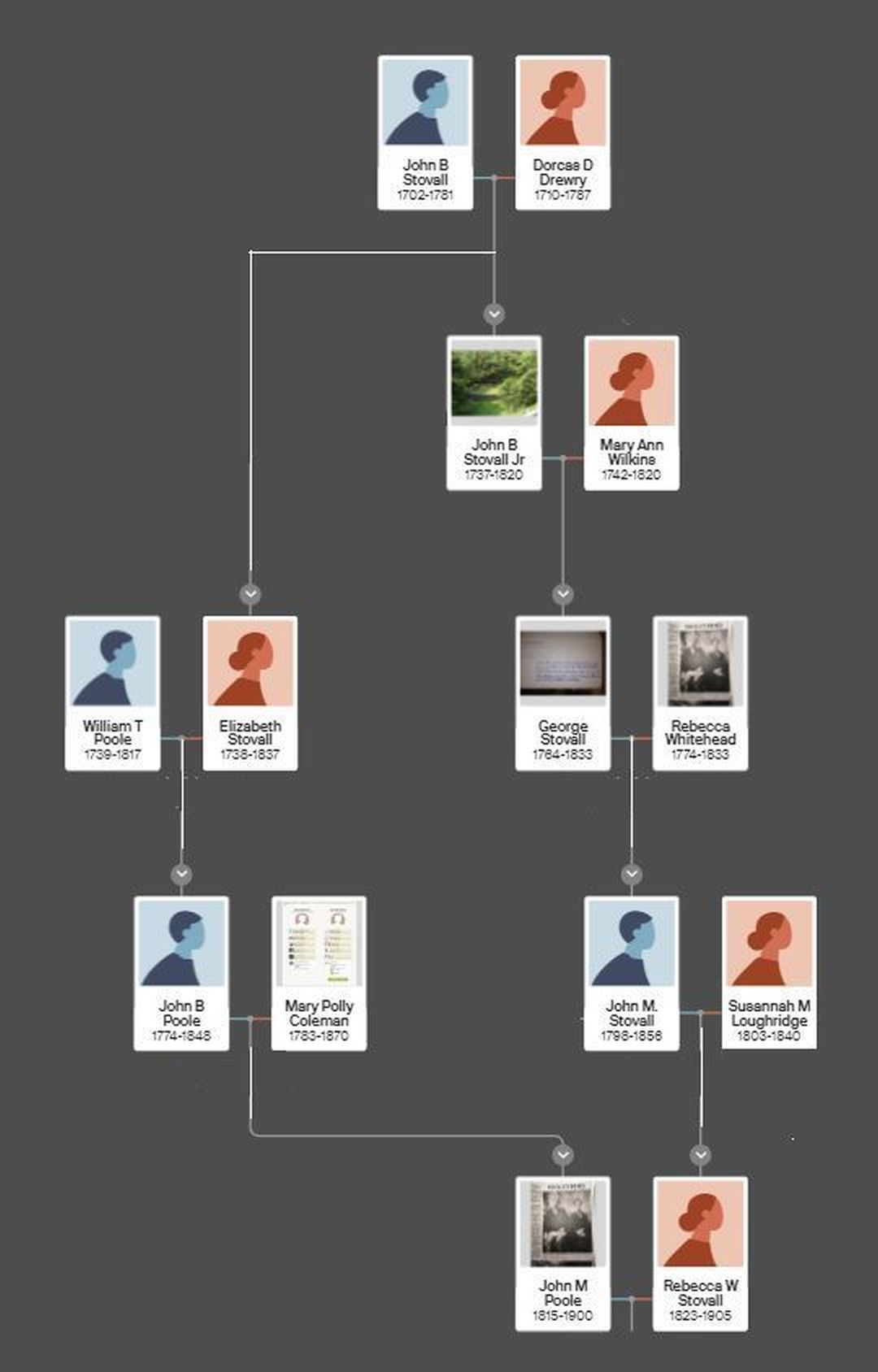
Consider the image above; the lowest level couple would be my 2nd great-grandparents, i.e my Dad’s great-grandparents on his Dad’s side. The highest level couple are my 6th great grandparents (one of 128 possible couples). Looking at the left side of the diagram, you can see two generations between the top couple and my great-great-grandpa John. On the right side of the diagram, you can see three generations between the same top couple and my great-great-grandma, Rebecca. That would seem to make the top couple, John B and Dorcas D both my 5th and 6th level great grandparents. In the first generation below John B and Dorcas D, John B Jr. and Elizabeth are siblings, making the union between John M and Rebecca as first cousins twice removed.
Here is a 1895 photo of John and Rebecca who were related as shown in the diagram. None of their descendants, to my knowledge, had any symptoms of close inbreeding. This photo taken late in their lives at the hotel they managed in Pacolet Springs, South Carolina. Photo not clickable.


